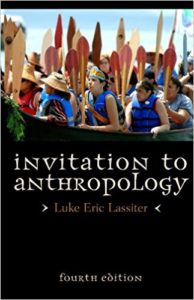
Story is about archetypes, not stereotypes.
Two typical and persistent kinds of failed screenplay.
- “personal story” bad script(The writer see what is visible factual, he is blind to the truth of life)
- The “guaranteed commercial success,” is an over-structured, overcomplicated, overpopulated assault on the physical senses that bear no relationship to life whatsoever.
Story is metaphor for life.
Sensory and imaginative are powers prerequisite to creativity.
Writing also demand two singular and essential talents.
- The first is literary talent– the conversion of ordinary language into a higher, more expressive form, vividly describing the world and capturing its human voices.Literary talent is, however, common.
- The second is story talent– the creative conversion of life itself to a more powerful, clearer, more meaningful experience.
The material of literary talent is words; the material of story talent is life itself.
Story talent is primary, literary talent secondary but essential. Only by using everything and anything you know about the craft of storytelling can make your talent forge story.

